Þingvellir
The picturesque birthplace of Icelandic democracy is drenched in the blood of its brutal past.
The Alþing (Althing), the Icelandic parliament known as the oldest in the world, meets in a downtown Reykjavik stronghold today. But one must trek 45 desolate kilometers east to see where Vikings first laid down the law—and where there’s something sinister in the water.
Nordic settlers brought much more to Iceland in the 8th and 9th centuries than the horn-based tankards and helmets favored in airport gift shops today. Democratic ideals motivated many to flee shortages and strife in Europe. In 930, a general assembly formed to help establish order among the growing population. Though Norwegians ruled Iceland starting in 1262 and Danes took over in the 14th century (disbanding the Althing from 1800-1845), the assembly saw the island through to its independence in the 20th century.
The first Althing gathered in the well-situated Thingvellir rift valley. Conveniently enough, the land had been surrendered for public use by a disgraced property owner who murdered his servant nearby.
Thingvellir became Iceland’s first national park in 1928 and a World Heritage Site in 2004. Geologic wonders heighten the cultural history in one of the two places on Earth (along with Africa’s Great Rift Valley) where the North American and Eurasian plates are visibly drifting apart. It’s a placid view belying constant tectonic and volcanic upheaval.
The park entrance offers a vista of Thingvallavatn, Iceland’s largest lake, before a descent toward the ancient parliamentary site along the massive Almannagja rock wall that marks an eastern boundary of the North American plate. You might sense some ill portent as you trek across this literal scar in the earth, especially if you’re there in the winter. You wouldn’t be wrong. Dignitaries and prisoners alike have been taking this walk for centuries.
It’s a straight shot from the entrance down to the preserved edge of the ancient parliamentary site and its Logberg (Law Rock) and Logretta (legislative assembly). To see where sentences were carried out, stop along the way at the footbridge. You might have been inclined to admire the gurgling water below anyway. But from 1602 to 1750, this was the last thing at least 18 women saw before being executed here at the Drekkingarhylur (Drowning Pool).
This dark era began with Iceland’s Reformation and the Great Edict of 1564’s harsh penalties for moral offenses. By this time, the Althing mostly served as a court under the Danish crown. Even though enforcement moved from religious to secular authorities over the next century, these leaders also believed that blood was the only way to cleanse a society’s deep sins. Of course, it offered an easy deterrent and vivid spectacle as well.
Thieves, the lowest of criminals, were usually beheaded. Women convicted of incest and other fornication were drowned, and their male counterparts were beheaded. Others received the same for committing infanticide to conceal a child’s birth. Those brought in for witchcraft and magic were burned at the stake.
Add 30 beheadings, 15 hangings, and nine burnings to the 18 drownings, and you have the 72 known executions at Thingvellir during this period. Lenient interventions by the Danish king helped end the bloodshed, and the Great Edict’s penalties were officially and drastically softened in 1838.
Drekkingarhylur is just one of the less approachable landmarks that lies near the park’s geologic and cultural gems. One can imagine a popular tour of Galgaklettar (Scaffold Cliff), Hoggstokkseyri (Execution Block Spit), Brennugja (Stake Gorge) and Kagaholmi (Whipping Islet). Thingvellir officials don’t seem likely to offer one soon, though.
Perhaps you can plot your own. At the least, any visitor might keep a cold truth in mind - where Icelandic democracy was born, many met the opposite fate.







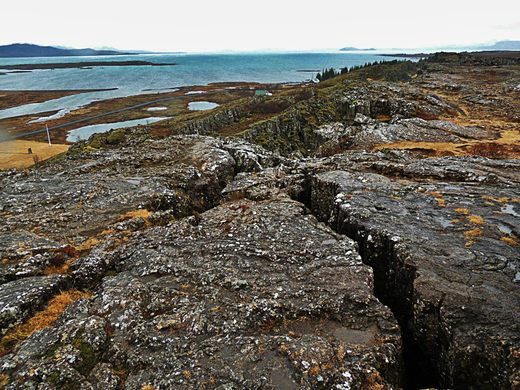
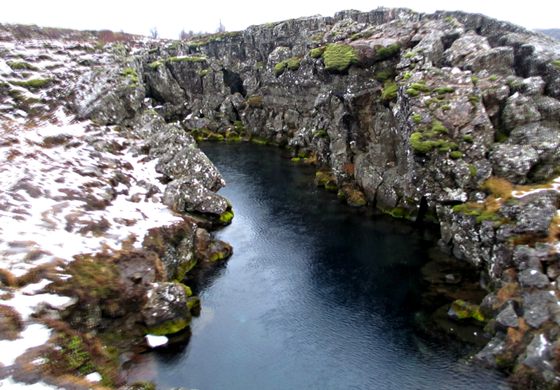



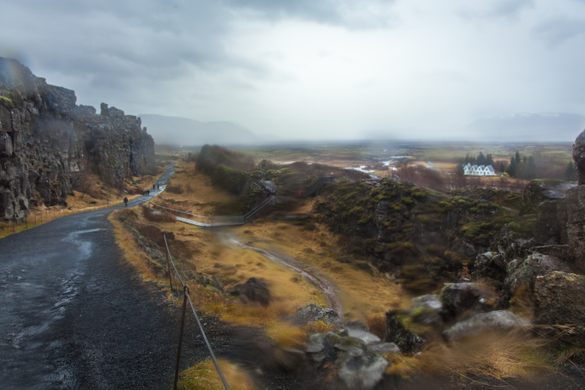
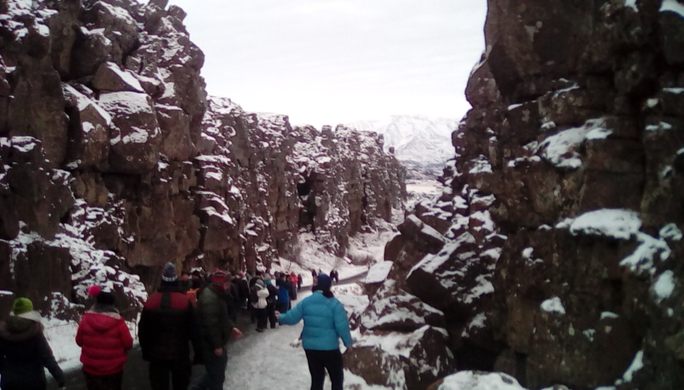






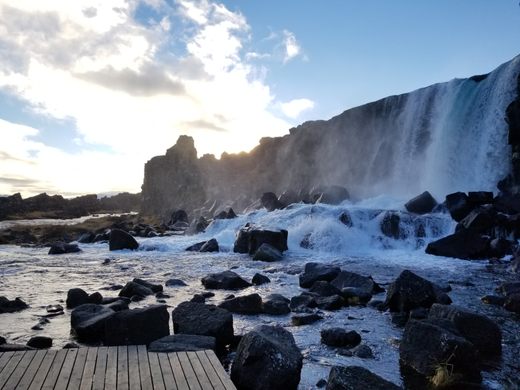
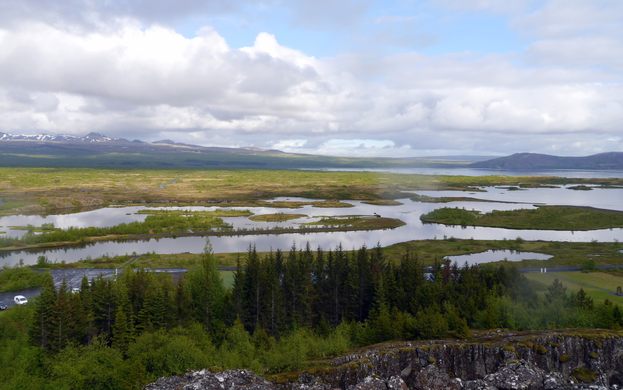


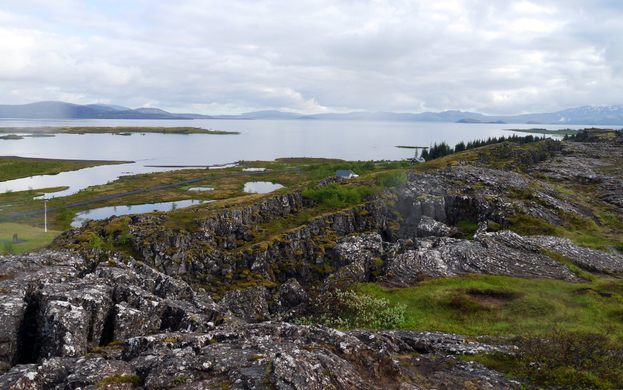
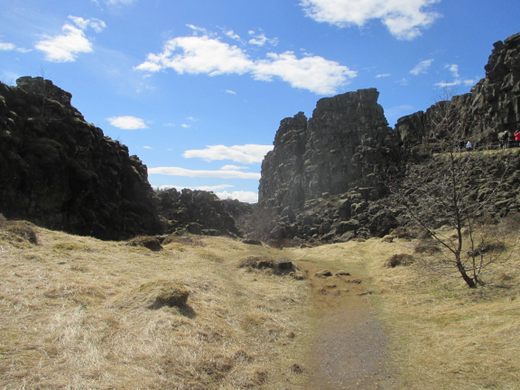

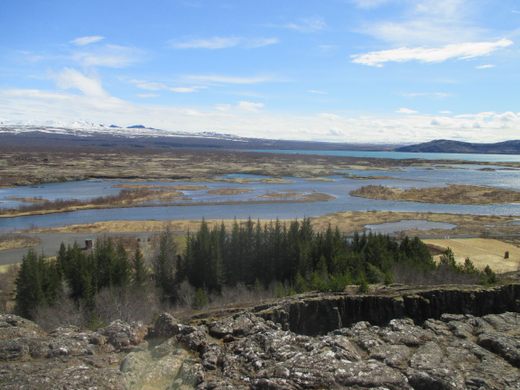

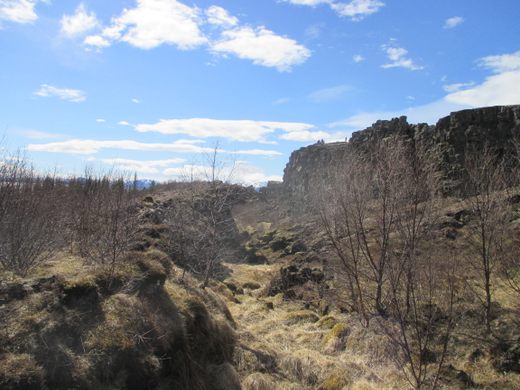
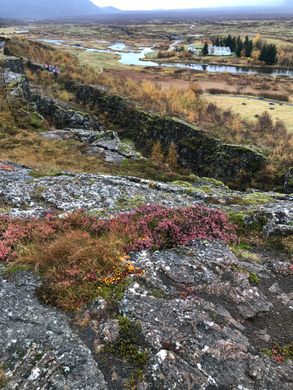


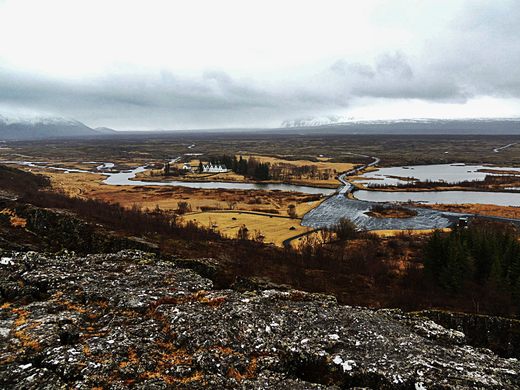



















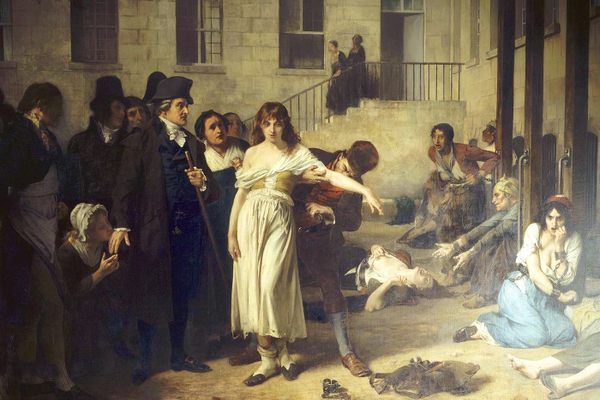


Follow us on Twitter to get the latest on the world's hidden wonders.
Like us on Facebook to get the latest on the world's hidden wonders.
Follow us on Twitter Like us on Facebook